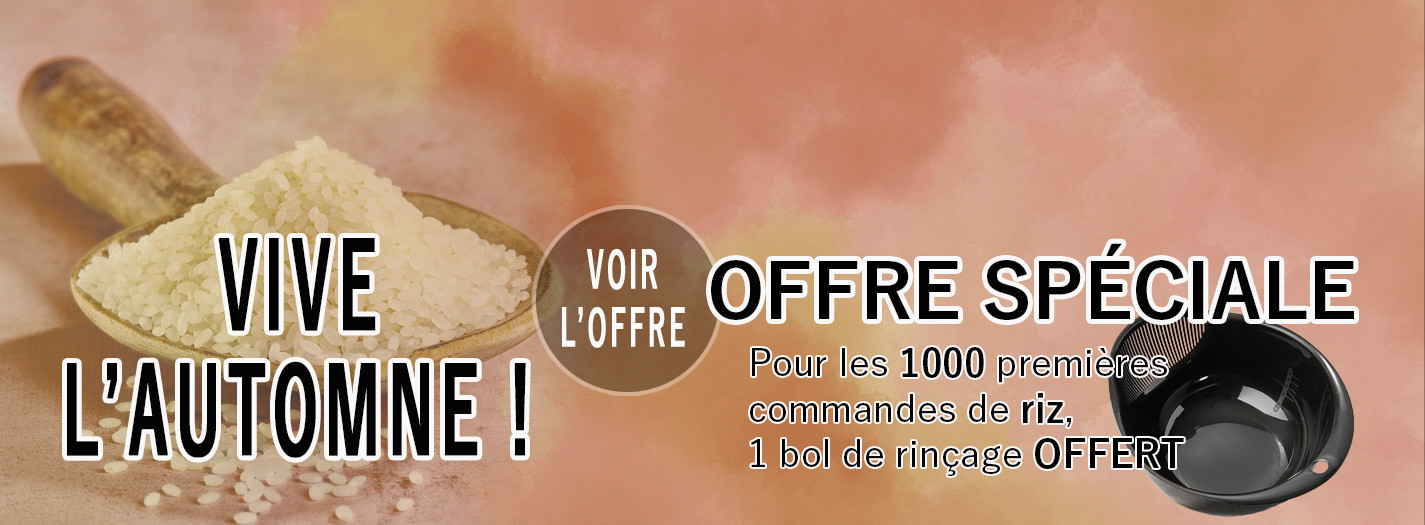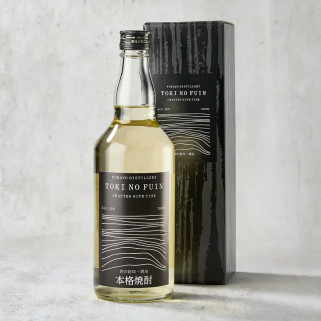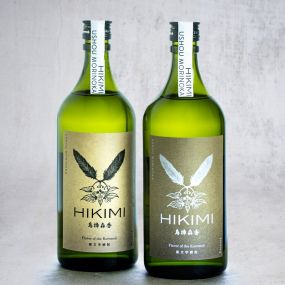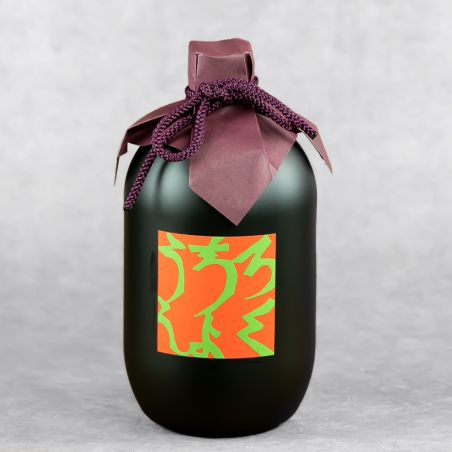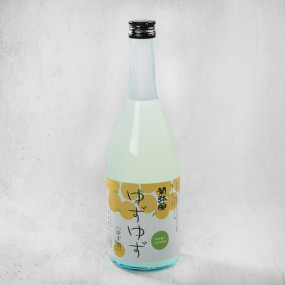Add to my wishlist "Hakutake Shiro Rice Shochu, 25% Alcohol,"
Select a wishlist to add this product
There are not wishlist.
This product has been added to wishlist.
View my Wishlists
This product has been added to your wish list.
Remove
This product was successfully removed from your wish lists.
€7.30
€36.50 / L


Add to my wishlist "Hakutake Shiro Rice Shochu, 25% Alcohol,"
Select a wishlist to add this product
There are not wishlist.
This product has been added to wishlist.
View my Wishlists
This product has been added to your wish list.
Remove
This product was successfully removed from your wish lists.
€7.30€36.50 / L


Add to my wishlist "Hakutake Shiro Rice Shochu, 25% Alcohol,"
Select a wishlist to add this product
There are not wishlist.
This product has been added to wishlist.
View my Wishlists
This product has been added to your wish list.
Remove
This product was successfully removed from your wish lists.
This refreshing shochu, with its dry, elegant aroma and light taste, complements any dish and allows ingredients flavors to express themselves. Nose is elegant, mineral, expressing softness and light sweetness, with accents of white fruit, peach, pear, young quince and banana.
Palate is fresh and elegant, again with notes of white fruit, pear and white peach. This shochu is...
€7.30€36.50 / L


Add to my wishlist "Hakutake Shiro Rice Shochu, 25% Alcohol,"
Select a wishlist to add this product
There are not wishlist.
This product has been added to wishlist.
View my Wishlists
This product has been added to your wish list.
Remove
This product was successfully removed from your wish lists.
This refreshing shochu, with its dry, elegant aroma and light taste, complements any dish and allows ingredients flavors to express themselves. Nose is elegant, mineral, expressing softness and light sweetness, with accents of white fruit, peach, pear, young quince and banana.
Palate is fresh and elegant, again with notes of white fruit, pear and white peach. This shochu is...
€7.30€36.50 / L






















